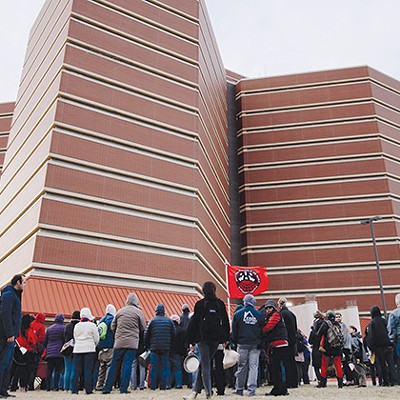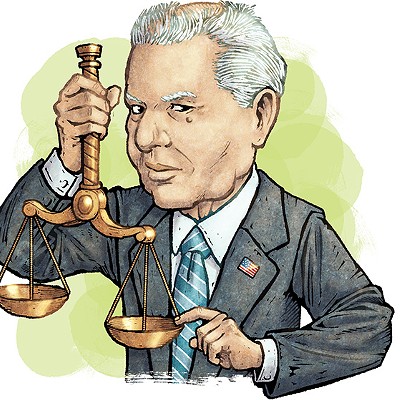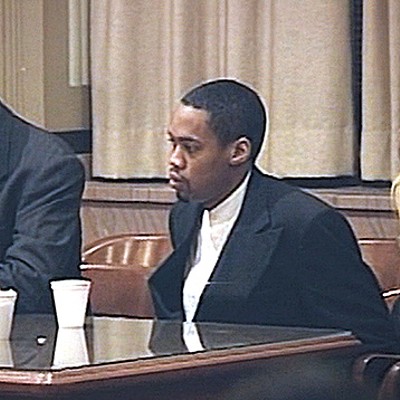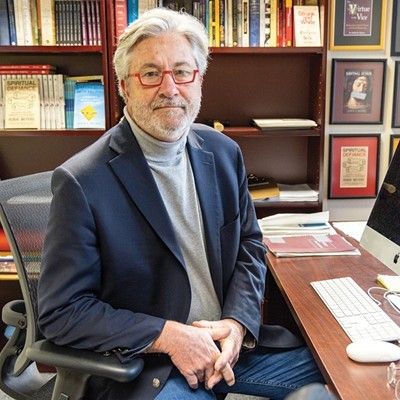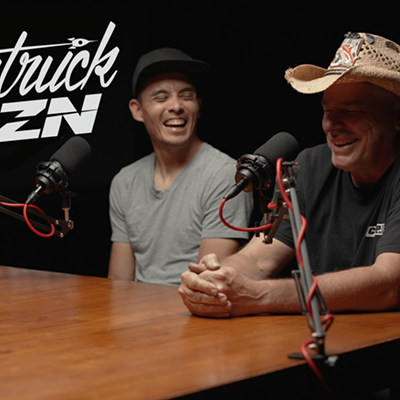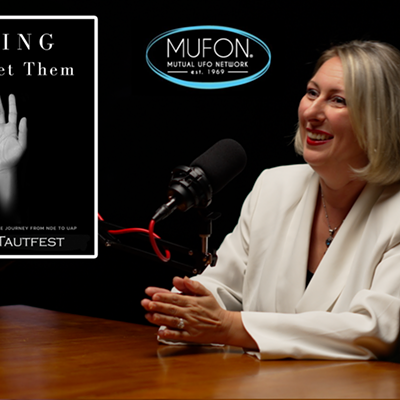The arrest and trial sparked a national debate on the limits of self defense, dividing many in the state.
However, one of the least talked about, but most important undercurrents in this saga has been the pervasive influence of race. When read in the context of a history of racial inequality and a persistent stream of negative images of black men in American culture, we can see the Ersland case, and the public reaction to it, in a new light. Ersland’s story offers less about gun control and more of a sobering reflection of the current state of race relations in Oklahoma.
One of the ways race matters here is the characterization of Antwun Parker, the 16-year-old killed that day inside the pharmacy. For instance, a website in support of Ersland alleges that the incident was an “intricate … gang related robbery.” Allegations that Parker was a gang member, however, are not supported by evidence or testimony, and instead reveal presuppositions about Parker based upon his race.
Also, many of the comments of “outrage” on the Internet are thick with racial subtext A Facebook page in support of Ersland has the profile picture with the caption “Self-Defense Is Not a Crime,” but a quick review of the comments shows more of an outrage toward the undesirable influence of minorities.
One commenter says Ersland was “thrown under the bus” to “placate a bunch of criminal savages.” Another calls Parker “street trash” and a “thug.” Other comments similarly decry the actions of “thugs” and “gang members” while championing the actions of a “veteran” and “hero,” each characterization invoking particular racial imagery.
Ersland himself told a family member that his trial was “political,” that DA David Prater was prosecuting him only in an effort to “get the black vote,” and that Prater’s decision to prosecute Ersland was only at the urging of the NAACP.
The outrage, it seems, is not solely in the conviction of a man merely defending himself against attempted burglars, but in the prosecution of a white man for the murder of a black criminal. Why do the rights of a black man, let alone a black criminal, matter at all?
Ersland seemed surprised about this more than anyone. The fact that the DA actually investigated his recollection of the incident — scrutinizing the security video to see how many shots were fired, how many of the burglars actually were armed, whether or not Parker was still a threat when Ersland shot him several more times, or even that Parker’s death was seen as a murder at all — all seemed to perplex the man.
Ersland’s own nonchalance about his actions and the subsequent public outrage indicate a sustained sense of entitlement, or rather, white privilege, that clouds any attempt to treat Parker with compassion in this case. Part of the public outrage stems from the fact that a young, black, troubled teen is looked upon as a victim, while the decisions of an older white veteran are scrutinized to such extent that he is charged with murder.
Sadly, the outrage is not that a black criminal’s rights were valued over Ersland’s, but that a black criminal’s rights were valued at all.
Branson, a University of Oklahoma graduate and lifelong Oklahoma resident, is a doctoral student in rhetoric and composition at Texas Christian University.


